These 8 books on Japanese art of happiness and living lift an invisible curtain and express in words what citizens of the Land of the Rising Sun have practiced for centuries.
Last updated: November 26, 2025
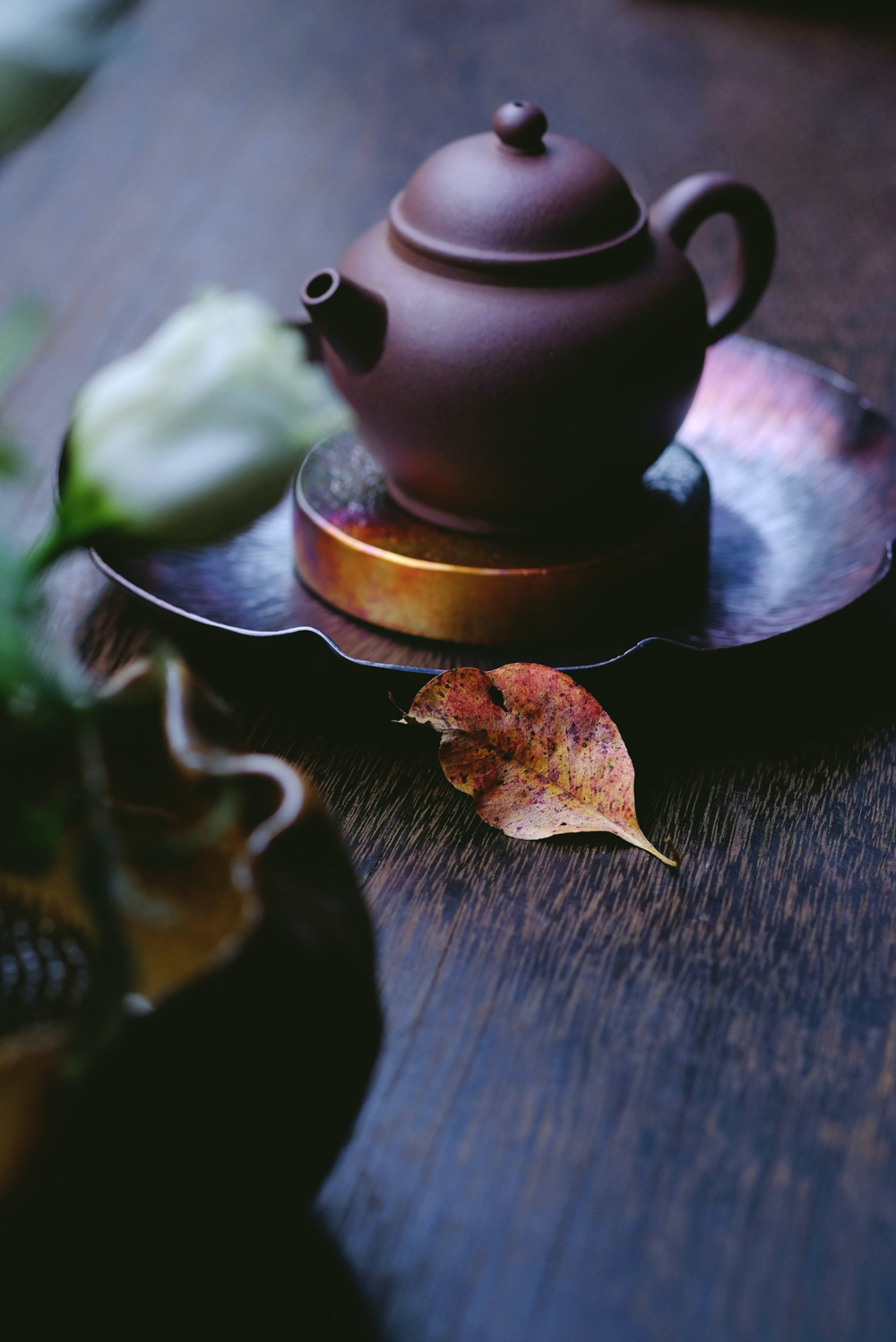
Small Island Country with Centuries-Old Traditions
More than 14,000 islands make up the Japanese territory, one of the most culturally-enticing countries in the world. Some of these isles are tiny, uninhabited stretches of land surrounded by either the Pacific Ocean, the Sea of Okhotsk, the Sea of Japan, or the East China Sea.
Only a few hundred of the islands are populated. The majority of the Japanese, however, reside mostly on Hokkaido, Honshu, Shikoku, Kyushu, and Okinawa. The main islands are more advanced, hosting some of the largest cities in the world. Yet even amid this urban hysteria (75% of the population live in the cities), traditions are still intact and the Japanese art of happiness and living have been practiced for centuries.
Japanese Traditions for Everyday Life
Crammed in small apartments in modern buildings that soar high into the sky, the Japanese are still praised for their tidiness and resourcefulness. Their ability to create a welcoming environment in a small place they have still puzzles western home designers. Being present and cherishing every encounter as if it’s the last is the epitome of the Japanese way of life and hospitality.
While the lifestyle of many Japanese has changed significantly over the past few decades, islands’ landscapes haven’t altered that much. We can’t say the same about many other countries in the world. Learning how to take care of our own natural resources is another reason why we turn to books and travel to Japan to discover their secrets.
A few years ago I came across the book Ikigai: The Japanese Secret to a Long and Happy Life. Needless to say, it was one of the eye-opening reads. Since then I have perused some other books that dissect the Japanese art of happiness and living in one way or another. Here are six books that stood out to me the most.
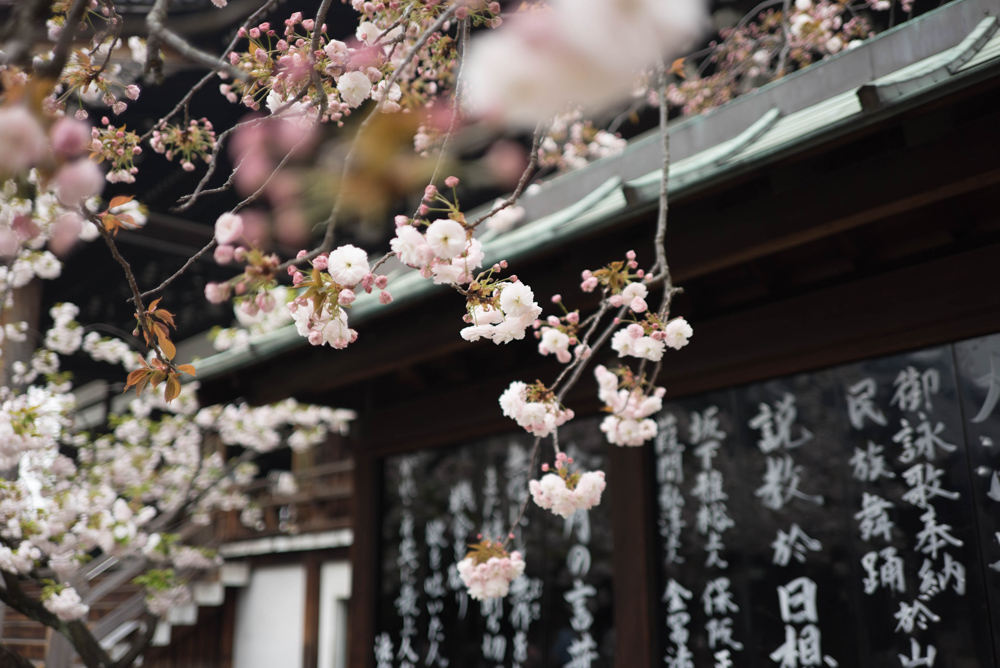
THE BEST BOOKS ON JAPANESE ART OF HAPPINESS AND LIVING
1. The Book of Ichigo Ichie
The Art of Making the Most of Every Moment, the Japanese Way by Hector Garcia and Francesc Miralles
Rooted in the teaching of the sixteenth-century master of the Japanese tea ceremony, ichigo ichie puts emphasis on a fleeting moment of time. The Japanese pay special attention to the world around them. While the westerners often struggle with staying and being present, the Japanese strive to make every moment special.
In essence, every day, every passing season is unique. Every encounter is precious as it happens only once. You have only one time to make a good impression, show your undivided attention, or simply enjoy a cup of tea with friends or strangers. Even if you meet the same person at the same location at the exact same time tomorrow, it will be a completely different meeting.
The Book of Ichigo Ichie goes into details of the Japanese art of treasuring the time and gives you many examples and tips on how to make every moment a once-in-a-lifetime experience.
2. Wabi Sabi
Japanese Wisdom for a Perfectly Imperfect Life by Beth Kempton
Wabi sabi is one of the leading aspects of Japanese culture. It sees the beauty in imperfection and reminds us that change is inevitable.
Wabi Sabi is one of the finest books on the Japanese art of living, in my opinion. A japanologist, Beth Kempton has spent many years studying, living, and working in Japan.
With an apparent appreciation of simplicity and subtle beauty of the Japanese way of life, the author now guides its readers through many facets of this ancient philosophy and presents a plethora of ways to incorporate it in everyday life.
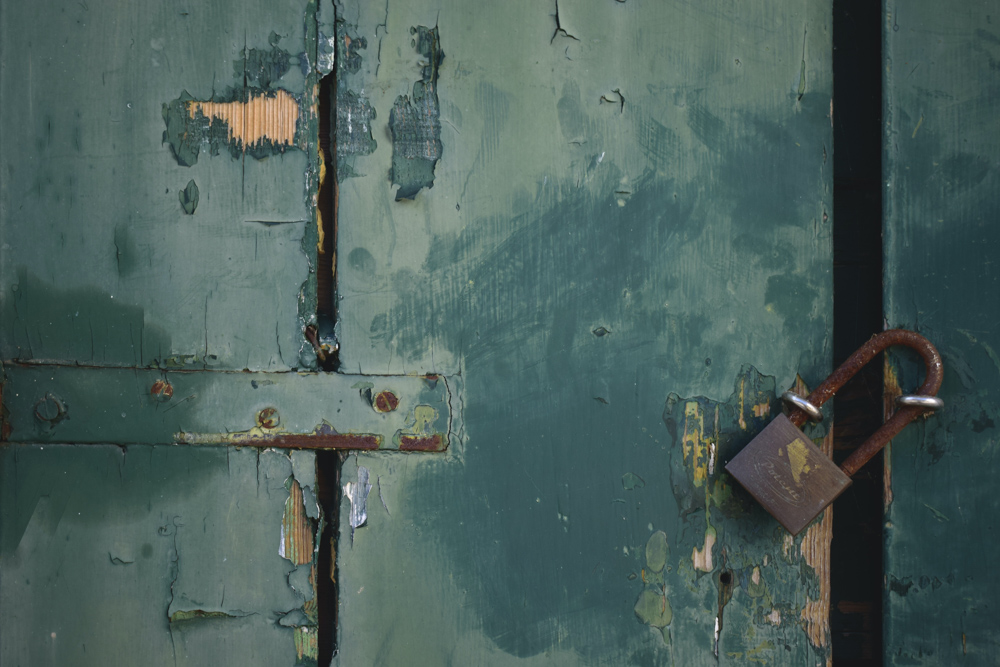
3. Ikigai
The Japanese Secret to a Long and Happy Life by Hector Garcia and Francesc Miralles
The Japanese believe that everybody has an ikigai, a reason for living. Ikigai makes you get up every morning, go about your business, and enjoy your life. According to the authors, Hector Garcia and Francesc Miralles, and many centenarians residing on the archipelago, ikigai is the main component of Japanese longevity and happiness.
To get more specific with the art of ikigai or the Japanese “happiness of always being busy”, Hector and Francesc take their readers to the island of Okinawa. Apart from its natural beauty, the place is known for the high concentration of centenarians. For some time, both authors live on the island, frequently interact with locals, and through these encounters study the Japanese secrets of longevity, which they share in their book, Ikigai.
4. Omoiyari
The Japanese Art of Compassion by Erin Niimi Longhurst
The book Omoiyari: The Japanese Art of Compassion starts with a story about a group of Japanese football fans that attended the 2018 World Cup. After cheering their team’s historic win, the Japanese meticulously cleaned up their seats before leaving. The story, so contrary to the mass behavior of many other nations, dominated headlines.
According to the author, Erin Niimi Longhurst, omoiyari or the Japanese art of compassion was behind the actions of the football fans. Live with consideration of yourself and others. Such a simple but profound Japanese philosophy teaches you to be emphatic toward others and yourself.
The Japanese art of compassion is based on other traditional concepts, such as omotenashi (Japanese hospitality), mottainai (the art of sustainability), and zakka (the Japanese way of finding beauty in the mundane).
Explaining every aspect of omoiyari with personal stories, the author also peppers the book with practical tips on how to use the Japanese art of compassion in your everyday life.

5. Forest Bathing
How Trees Can Help You Find Health and Happiness by Dr. Qing Li
The Japanese Art and Science of Shinrin-Yoku
The Japanese term shinrin-yoku, or forest bathing, has gained popularity in the past few years. Getting outside and spending at least two hours every few days in the forest has positive effects on health and wellness.
In the book Forest Bathing, the leading Japanese expert in forest therapy, Dr. Qing Li, presents a series of studies he conducted to show how being among the trees reduces stress level; fights fatigue, anxiety, and depression; promotes healthy sleep, creativity, and concentration; and even strengthens immune and cardiovascular systems.
While taking a walk in a forest is essential while practicing shinrin-yoku, it’s not always possible. In the second part of the book, Dr. Qing Li gives a myriad of tips on how to adapt the Japanese art of shinrin-yoku to the urban lifestyle.
6. The Wisdom of Tea
Life Lessons from the Japanese Tea Ceremony by Noriko Morishita
The tea ceremony, one of the classical arts of Japanese refinement, has its roots in Zen Buddhism. The highly sophisticated tradition is two-sided. One side, the art of preparing and drinking tea, is quite explanatory and, for young Noriko, even stiff. In her early twenties, the author often referred to it as “an old Japanese tradition for rich housewives.”
After failing at developing any deep interests in more modern and the most unusual hobbies, Noriko reluctantly agrees to learn the traditional Japanese art of preparing tea and hosting a tea ceremony.
Unexpectedly, Ms. Morishita sticks to it. For the next 25 years, every Saturday afternoon, Noriko spends at her Sensei’s house mastering the intricacies of the Japanese tea ceremony and through the Tea finding her way to happiness and contentment.
READ MORE: 10 Food-Themed Books about Travel, Food, and Cultures
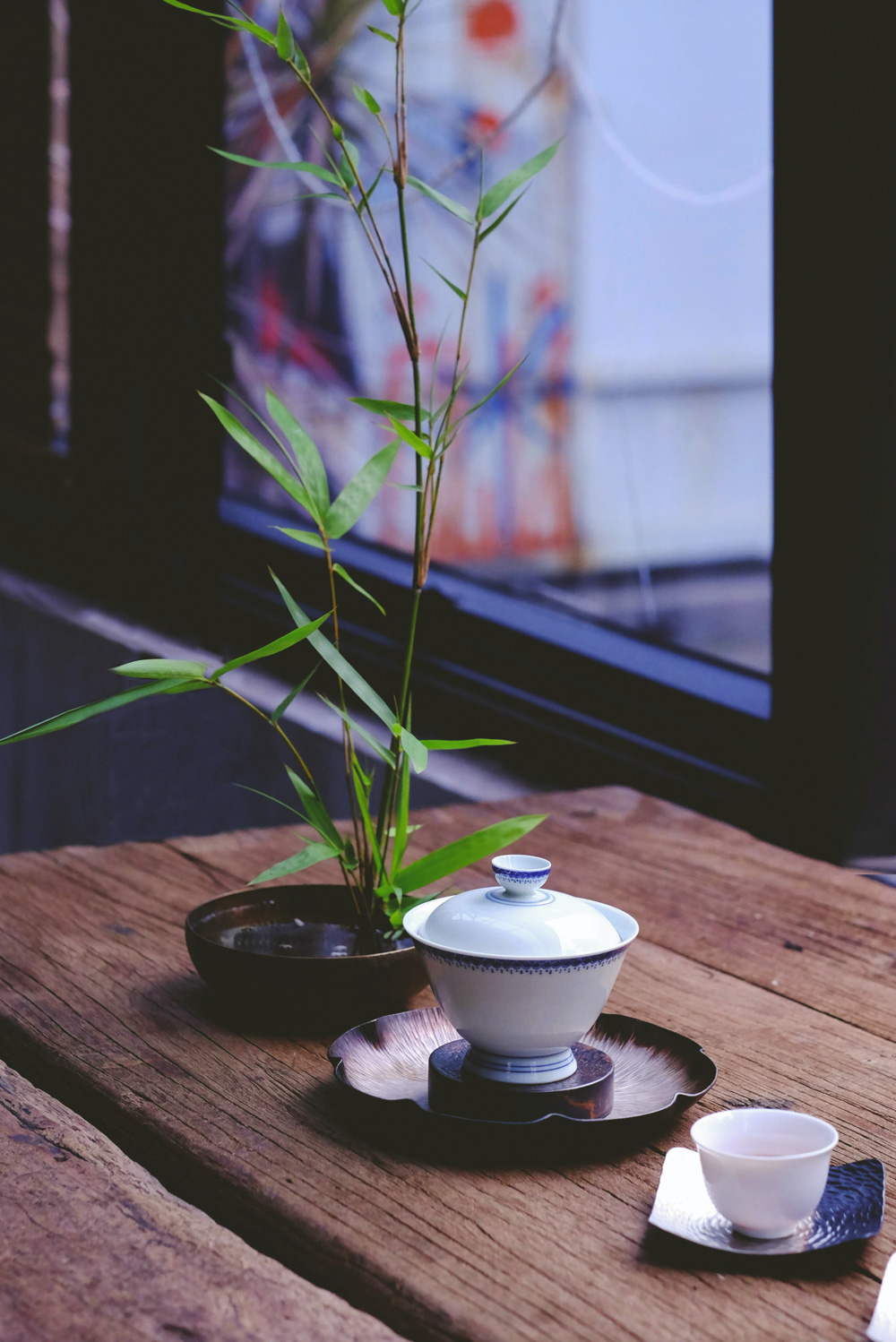
7. Kokoro
Japanese Wisdom for a Life Well Lived by Beth Kempton
Nearly five years after releasing her first book on the Japanese art of happiness and living, Wabi Sabi, Beth Kempton writes a missing part of this life-altering series. Following the death of her mother and dear friend, the author travels through rural Japan in search of answers to some of the biggest questions: How to live a meaningful life amid turmoil and midlife malaise and find calmness and beauty in the darkness.
Kokoro, an essential part of the Japanese ancient wisdom and art, is not a new concept for Beth Kempton. Intuitively, the author has lived by the principles of the intelligent heart. Indirectly, she introduces her readers to this key part of the Japanese art of living in Wabi Sabi. But only now, navigating through deep sorrows, Mrs. Kempton fully explores her Kokoro, the Japanese wisdom for a life well lived.
READ MORE: The Best Books to Read before Traveling to Japan
8. Kintsugi Wellness
The Japanese Art of Nourishing Mind, Body, and Spirit by Candice Kumai
Kintsugi is the Japanese art of repairing broken china items with lacquer and applying gold powder to “disguise” the crack and solidify the repair. To some extent and in many cases, the retouched items look even more beautiful than before.
In her book Kintsugi Wellness, Candice Kumai expands the literal meaning of kintsugi and applies it to mending a tired body, exhausted mind, and broken spirit. The principles of ancient Japanese art work exactly the same. As a golden trim allows the once chipped cup to fulfill its primary function, a proper care heals the body and soul.
With simple wellness practices rooted in ancient Japanese traditions, you built a new version of yourself: stronger, more resilient, and more beautiful. Your scars are not something to be ashamed of. They are the golden marks that make you unique and empower you with new purpose and elegance.
Kintsugi Wellness is Candice Kumai’s way of healing, through nourishing the body and soul. The author explains some of the aspects of Japanese culture and shares oodles of Japanese recipes, some adapted to western tastes and lifestyles.
The dishes are simple to make and look so delicious in colorful pictures the book is loaded with that you can’t help but head to your own kitchen and start implementing the Japanese art of kintsugi before you even finish reading this wellness masterpiece.
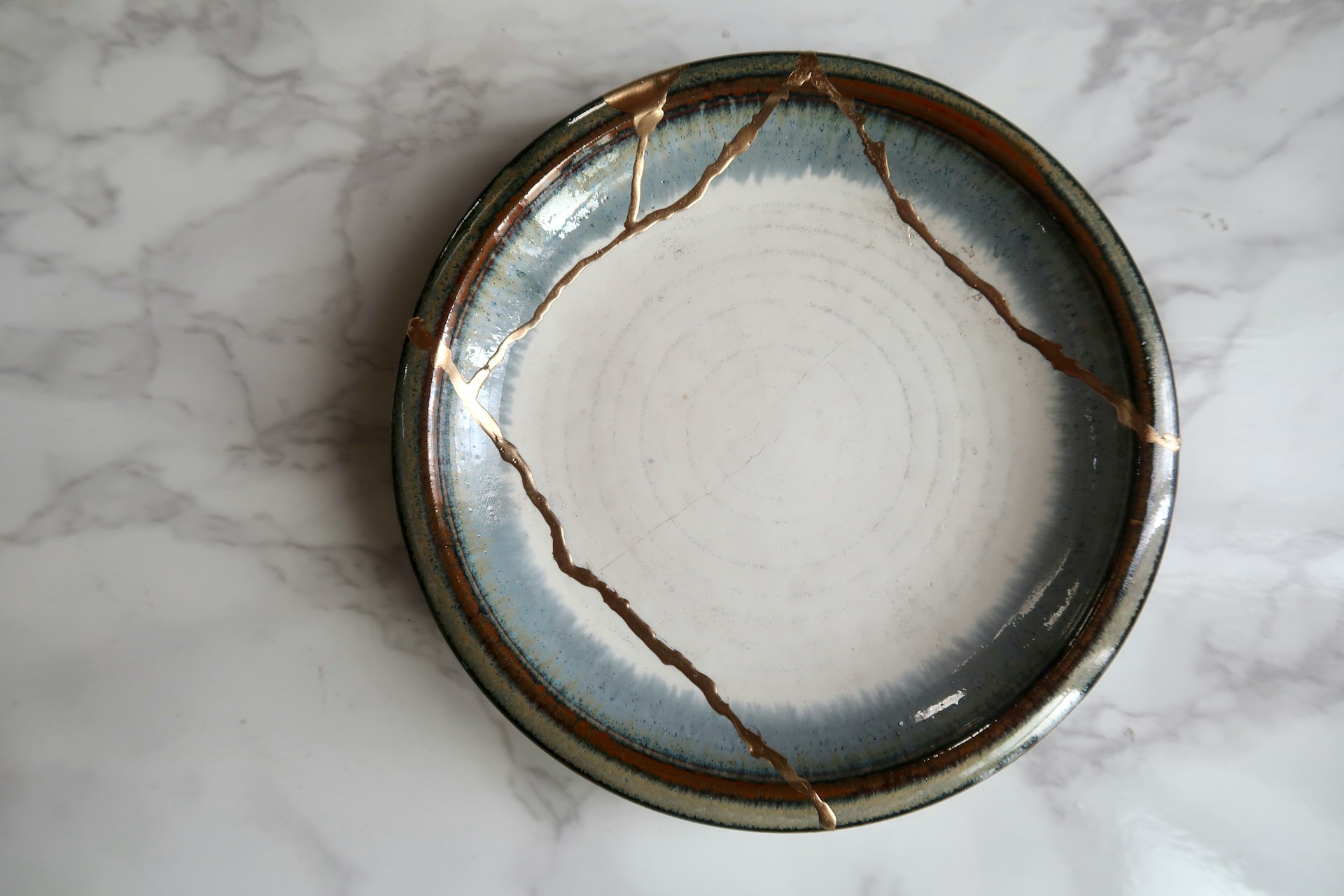
Read Next
- CHINA IN BOOKS: 3 Books to Read before Traveling to China
- FLORIDA IN BOOKS: Books to Read before Traveling to Florida and the Caribbean